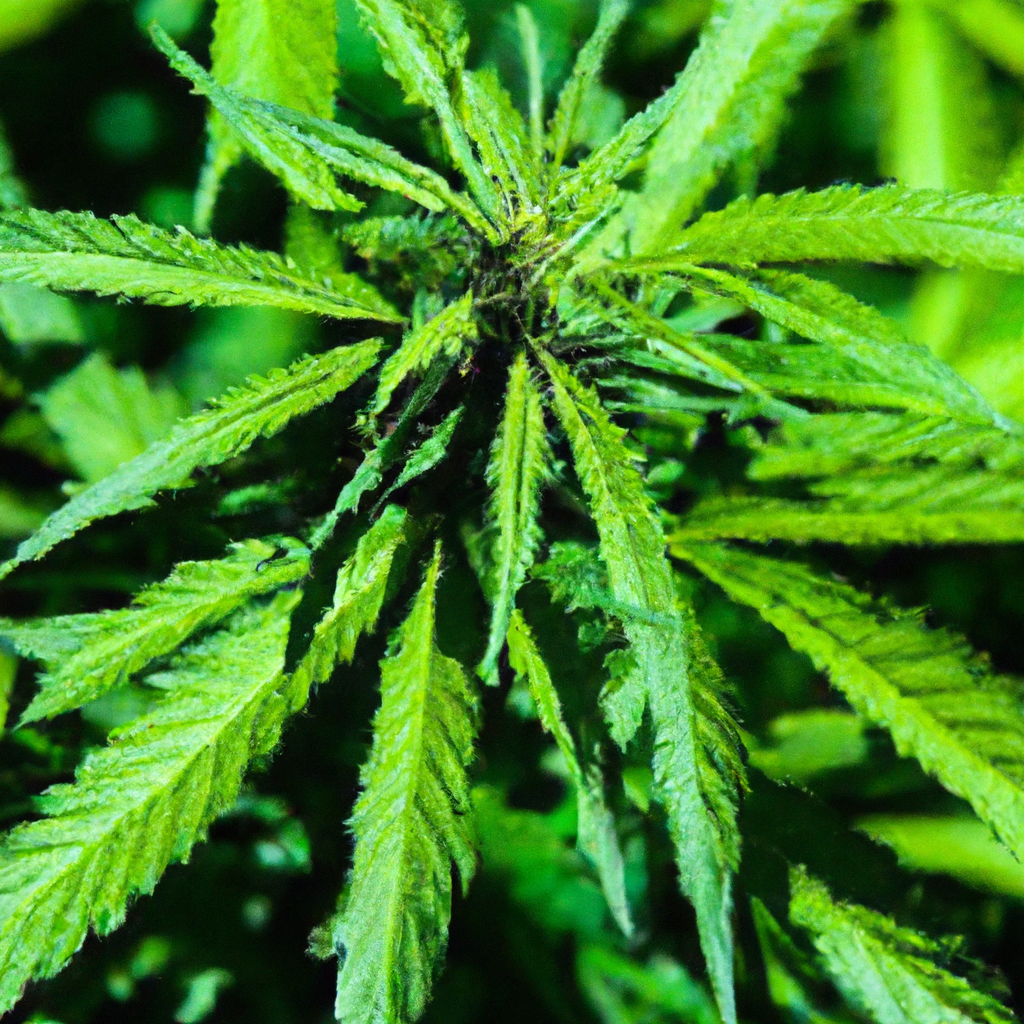by John “Magic” Greenleaf
Tagline: “Growing greatness, one strain at a time.”
Introduction
Navigating the world of cannabis cultivation in high-altitude regions demands creativity, patience, and a dash of magic. Cannabis plants need to adapt to the challenges posed by the thin air, increased UV exposure, and fluctuating temperatures typical of these areas. However, the rewards can be as lofty as the peaks themselves, with unique genetic profiles emerging from such environments. In this article, we delve into the art and science of mastering high-altitude cannabis genetics.
Understanding High-Altitude Genetics
High-altitude growing conditions influence cannabis genetics in numerous ways. The increased UV light can stimulate the plant to produce more cannabinoids and terpenes as a form of protection. This genetic potential can be unlocked through careful phenotype selection and stabilization. Growers can benefit from accessing distinct, potent strains that thrive in similar environmental conditions.
- Increased Cannabinoid Production: The stress from UV exposure encourages more potent THC and CBD levels.
- Enhanced Terpene Profiles: Complex aromas can develop, offering unique sensory experiences.
- Adaptive Resistance: Strains growing at high altitudes can develop a natural resilience to temperature and pest challenges.
The Role of Phenotype Selection
Phenotype selection—the process of identifying plants with desirable traits—is crucial in high-altitude growing. Pioneers like myself have long since understood that observing and recording plant characteristics across generations lead to superior strains. This rigour in selection brings about plants perfectly attuned to high-altitude conditions.
“S t,” a personal favourite, embodies these principles, delivering energetic effects with a refreshing citrus-pine aroma. Identifying and nurturing such phenotypes is a delicate dance between science and intuition.
Harnessing Environmental Conditions
Cultivating cannabis at high altitudes requires a knack for synchronizing environmental controls with genetic predispositions. Consider the following approaches:
- Humidity Management: Maintain 55-60% RH during veg, reducing to 45-50% during flowering for optimal resin production.
- Temperature Control: Utilize automated systems to stabilize temperature fluctuations, improving plant health.
- UV Shielding: Employ shade cloths or greenhouse coverings to modify UV exposure where necessary, balancing plant stress with growth potential.
Conclusion
The art of high-altitude cannabis genetics is as rewarding as the stunning landscapes in which it is practiced. Embracing both traditional wisdom and modern technology can yield cultivars that not only thrive but excel in these challenging environments. With patience and a willingness to learn from the environment, cultivators can unlock the full potential of their cannabis plants—just as I’ve done over the past 30 years.
So strap on your boots, embrace the altitude, and remember, “Healthy roots, healthy buds, happy harvests.”


Leave a Reply